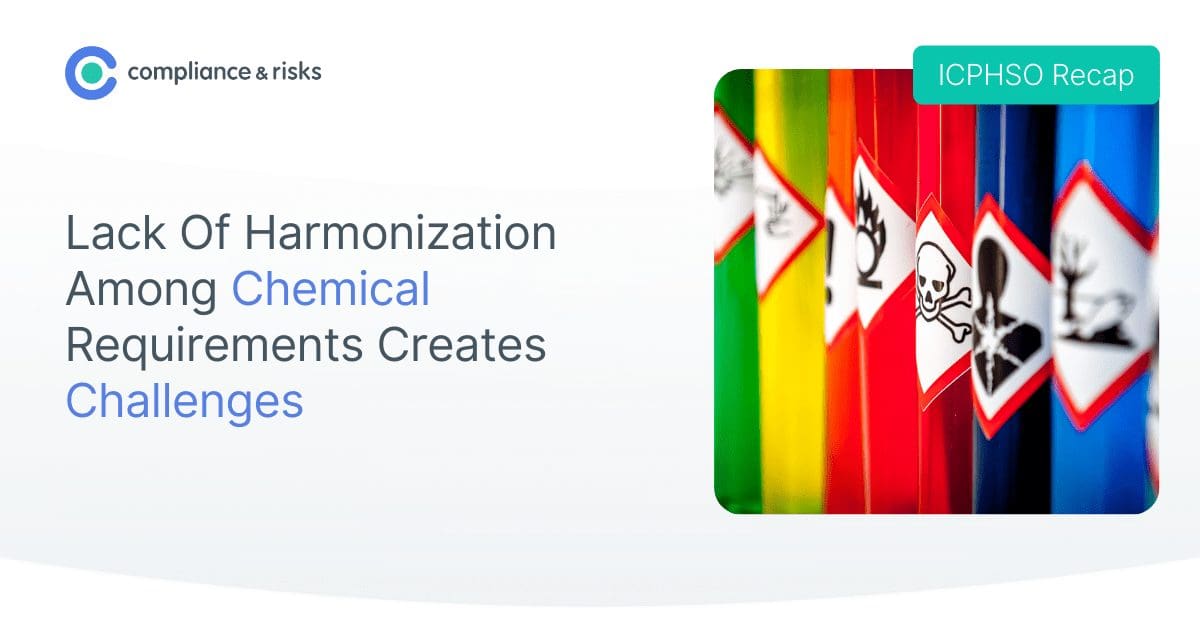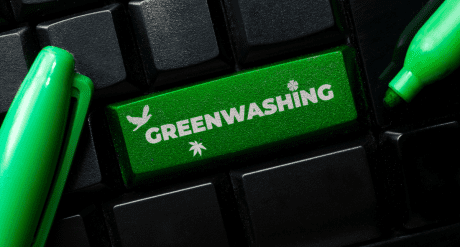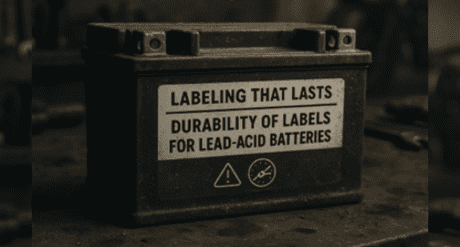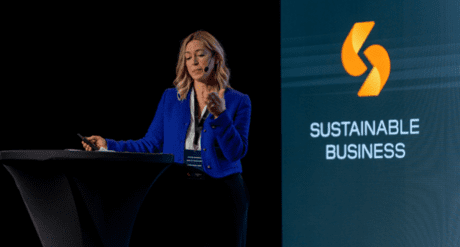
ICPHSO Recap: Challenges of Non-Harmonized Chemical Requirements

Trends in U.S. state-level chemical restrictions were highlighted at International Consumer Product Health and Safety Organization (ICPHSO) 2022 Annual Symposium. The lack of harmonization among state chemical requirements creates challenges for companies to monitor and comply with the requirements.
PFAS continues to receive widespread attention from state governments. In 2021, there were 29 state level bills that addressed PFAS. Food packaging, cookware, cosmetics, textiles, firefighting foam, and ski wax have been some of the products specifically targeted in state bills.
Maine became the first state to prohibit products with intentionally added PFAS. Effective January 1, 2030, a person may not sell, offer for sale or distribute for sale in this State any product that contains intentionally added PFAS, unless the Department of Environmental Protection has determined by rule that the use of PFAS in the product is a currently unavoidable use. Prohibitions on fabric treatments and carpets or rugs that contain intentionally added PFAS enter into force from January 1, 2023.
Other chemicals being prioritized by states include: phthalates; organohalogens and other flame retardants; alkylphenols (APEs), and bisphenols.
Oregon’s Toxic-Free Kids Program has been challenged by manufacturers. The Program requires manufacturers of children’s products sold in the state to report products containing one or more High Priority Chemicals of Concern for Children’s Health (HPCCCH) if found at or above specific levels in those products. Manufacturers are to remove these chemicals from certain products or seek a waiver. The rules apply to certain children’s products:
- “Mouthable” products as defined in the Regulation;
- A children’s cosmetic; or
- Products made for, marketed for use by or marketed to children under three years of age.
From January 1, 2022, such products containing listed chemicals of high concern to children must:
- Substitute chemical and complete a hazard assessment; or
- Apply for an exemption; or
- Apply for a waiver.
In December 2021, a legal challenge seeking to halt the requirements of the Program was launched by American Apparel & Footwear Association, Inc., Halloween Industry Association, Inc., Juvenile Products Manufacturers Association, Inc., The Toy Association, Inc., and the Safe to Play Coalition. The lawsuit alleges that the state cannot preempt federal law, which already regulates the chemicals in children’s products such as toys. The case is scheduled to be heard by the judge in March.
Manufacturers also cited that compliance with certain state chemical rules is difficult because of factors such as the lack of science-based requirements, and right to know laws listing hundreds of chemicals to be taken into consideration.
Market Insights straight to your inbox
Join 30,000+ product compliance & market access experts around the world








